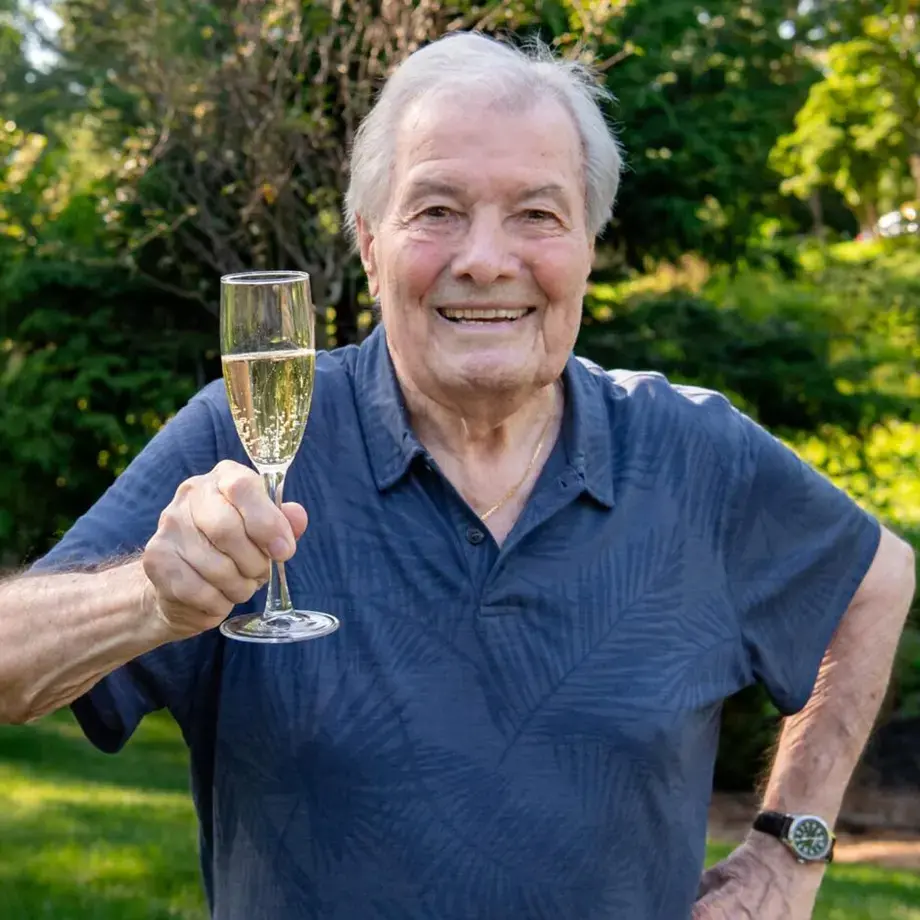Many of you will already be familiar with braising: a technique in which a cut of meat, perhaps on the tough side, is cooked in a casserole pot, together with a liquid such as wine or broth. However, there is another, less well-known form of braising, which we might call “dry braising”. It is very widespread in France, where it is used to cook chicken and lamb, and it requires a covered casserole dish or cocotte, and no liquid. The main advantage is that the flavours are not diluted, so the meat tends to have a stronger, more natural taste.
Dry braising is a lighter cooking technique, but it is only suitable for certain types of cut, which are not the same as those used in classic braising. In the traditional method, the cuts chosen are rich in collagen, as they soften during cooking, but in dry braising, you need to use cuts that are already tender (chicken, young lamb and prime cuts of beef). In return you will achieve exquisite meals: the meat will be evenly cooked, bursting with flavor, and guaranteed to be succulent. Your mouth's already watering, right? So let's see how it's done!
The choice of pot is key. You can use a steel or aluminium casserole, but for perfect dry braising you really need ceramic or terracotta. The first step is to lightly grease the base of the casserole dish with butter or oil, and put it on the stove to heat. Next, salt the pieces of meat and brown them on all sides, adding plenty of finely chopped carrot, celery and onion. Put the lid on the pot and leave to cook on a low heat for about thirty minutes. In the meantime, heat up your oven. Temperature is of the essence in dry braising. When the oven reaches 160 °C, slip the dish in for about an hour. The meat and vegetables will release part of their juices. As these liquids evaporate, they create just the right amount of humidity inside the pot, which is then maintained thanks to the special shape of the lid. Now raise the temperature to around 200 °C, and leave the pot in the oven for at least another two hours, depending on the type of meat (for chicken, one hour is enough). Once the meat is cooked, you can use the juices left in your cocotte to prepare a very good sauce. Simply pour them into a small saucepan, heat up and slowly sprinkle in some flour, stirring continuously.
Now that we've seen the basic principles of dry-braising, which will work for any kind of meat, let's move on to an actual recipe, using the most suitable meat for this cooking method: chicken. For this recipe you will need one chicken (gutted and portioned), two spoons of olive oil, one onion, one stick of celery, one carrot, one clove of garlic, a few bay leaves, and one sliced lemon. Preheat the oven to 160 °C, and in the meanwhile, place the cocotte on the stove and add the olive oil. When the oil is very hot, add the pieces of chicken, brown them and sauté them. Next, add the chopped vegetables, garlic, bay leaves and slices of lemon. Put the lid on and place in the oven for about one and a half hours. Now raise the temperature to 200 °C and cook for a further thirty minutes. As you can see, very little fat is used, because this method relies purely on the juices from the meat and vegetables. And for the same reason, you will generally need a lot less salt. The first few times, err on the side of caution: you can always add more afterwards. Dry braising is a cooking method that will revolutionize your culinary habits, not to mention your palate: even a simple chicken will make a delicious dish that's hard to beat.








